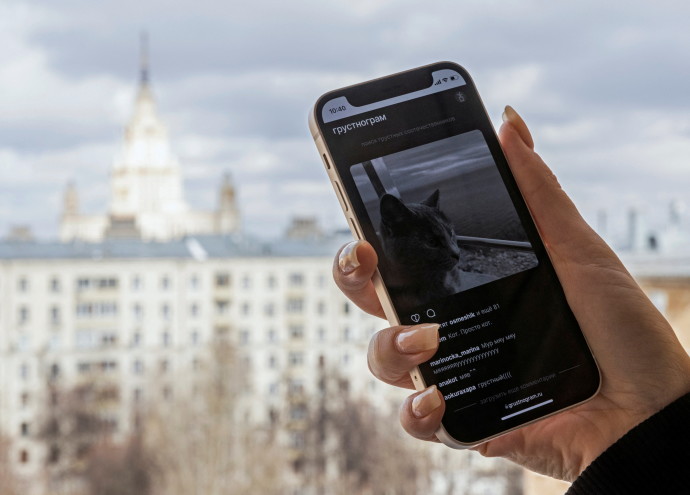A pioneering study found that the value of a product could be increased by differentiating its tactile impression, or surface texture, an important aspect of product design, according to a new study published on Monday.
The peer-reviewed study conducted by researchers from Hiroshima University (HU) and DIC Corporation was carried out on 139 HU students and staff who were also smartphone users. Their findings were published in the journal IEEE Access.
Although several studies deal with various types of surface textures and their usefulness, the commercial viability of the surface texture has hardly been empirically examined. Potential consumers’ willingness to pay for surface texture is as important a factor as developing the surface texture.
HU’s Professor Yoshihiko Kadoya from the School of Economics and Professor Yuichi Kurita from the School of Engineering, members of their laboratories, and a group of researchers from DIC Corporation conducted the experiment.
A questionnaire covering smartphone cover textures and related tactile impressions, as well as demographic, socioeconomic, and usage-related features of smartphone users, was used to collect information.

Participants were asked to show a willingness to pay for smartphone covers with four types of surface texture — which were differentiated by surface smoothness, height, slipperiness, dampness, granularity, stickiness, and dryness — when the reference smartphone cover price was 100 yen and 1000 yen.
"Surface texture could be an important aspect of product design, having the ability to influence the price. However, the commercial viability of the surface texture has hardly been empirically examined. We conducted this pioneering study to lay the foundation for full-scale studies in the future," Kadoya, the first author and lead researcher of the experiment said.
"Surface texture could be an important aspect of product design, having the ability to influence the price. However, the commercial viability of the surface texture has hardly been empirically examined. We conducted this pioneering study to lay the foundation for full-scale studies in the future."
Professor Yoshihiko Kadoya
Will people pay more for surface texture preferences?
The study results show that participants’ willingness to pay more for tactile impressions could be quite high. Moreover, willingness to pay for tactile impressions had a statistically significant association with users’ age, usage time, and living conditions.
Expected replacement time of the smartphone and risk preferences were also related to some types of tactile impressions.
"The experiment would benefit manufacturers in understanding the commercial value of surface textures. Manufacturers of electronic devices, laptops, wallets, furniture, and others could also benefit from designing appropriate surface textures for their products," Kadoya explained.
Additionally, the findings of the study have implications for online business trends, particularly during the COVID-19 pandemic.
"Since customers value surface textures, further efforts should be made to digitize the feeling of surface texture for online trading," Kadoya said.
